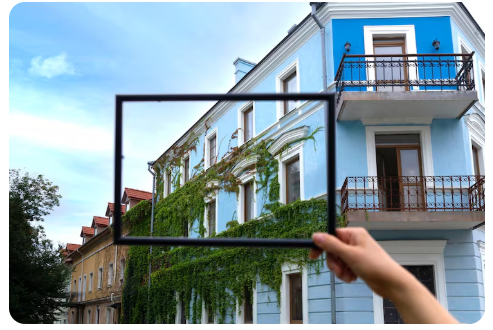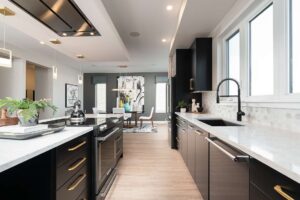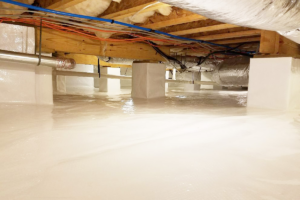
The desire to transform a home often stems from a need for increased space, improved functionality, and enhanced aesthetic appeal. Achieving a significant change in both the physical shape and the daily comfort level of your residence requires careful planning that goes beyond mere decoration.
It involves strategic modifications that optimize spatial flow, leverage natural light, and improve energy performance.
Whether you are expanding outwards or optimizing existing vertical space, a successful transformation is built on thoughtful design and smart investment in structural and mechanical upgrades.
By focusing on these key areas, homeowners can dramatically revitalize their living environment and boost long-term property value.
1. Reconfigure Interior Layout for Flow and Functionality
Before embarking on major structural changes, assess how the current layout impedes daily life. Often, the greatest improvement comes from reconfiguring the interior footprint by removing non-load-bearing walls to create open-plan living spaces.
Prioritize a logical flow between the kitchen, dining, and living areas. Consider relocating essential functions, such as moving a laundry room from the basement to the main floor or upper level, to enhance day-to-day efficiency and functional comfort.
2. Strategic Lighting Design and Natural Illumination
Light profoundly affects both the shape and mood of a room. Maximize natural light by increasing the size of windows, installing skylights, or adding solar tubes. Supplement this with a layered lighting plan that includes ambient, task, and accent lighting.
Thoughtful placement of light fixtures can highlight architectural features, make small rooms feel larger, and fundamentally change the perceived shape and warmth of a space after dark.
3. Expanding Living Area with Effective Property Extensions
When internal reconfigurations are insufficient, property extensions offer the most dramatic way to change your home’s shape and size. Whether adding a two-story addition or a single-level sunroom, ensure the new structure seamlessly integrates with the existing architecture.
Consult an architect to guarantee the extension harmonizes with the roofline and materials, making the addition look like it was always part of the original design, maximizing both comfort and aesthetic value.
4. Maximizing Thermal Comfort with Modern Attic Insulation
Comfort is not only about aesthetics but also about climate control. One of the most effective and least visible upgrades is improving your attic insulation. Since heat rises, proper insulation prevents significant energy loss, stabilizing indoor temperatures year-round.
Investing in high-quality attic insulation ensures your home remains cooler in the summer and retains heat efficiently in the winter, leading to substantial energy savings and a consistently comfortable environment throughout the entire house.
5. Incorporate Smart Storage Solutions
Clutter quickly diminishes both the beauty and the comfort of a home. When renovating, integrate custom storage solutions that disappear into the architecture, such as built-in cabinetry, under-stair storage, and recessed shelving.
Efficient, hidden storage frees up floor space, enhances the clean lines of your design, and makes the overall shape of the room feel larger and more serene.
6. Curate a Cohesive and Timeless Materials Palette
Choose materials that convey quality and a sense of permanence. Select a cohesive palette for flooring, trim, and hardware that flows consistently from room to room.
Opting for timeless finishes—such as classic tile patterns, durable natural wood, or neutral paint colors—ensures that the transformed shape and style of your home will remain appealing and comfortable for decades, protecting your investment against fleeting trends.







